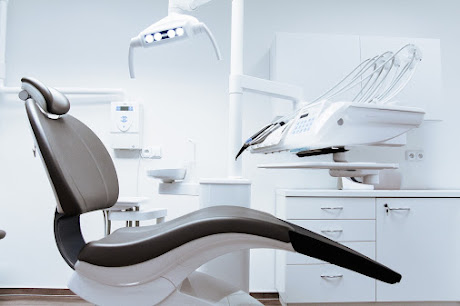1. The jugulodigastric lymph node is the most common lymph node involved in tonsillar infections and oral cancer, and hence, should be thoroughly examined while examining the cervical group of lymph nodes.
2. Many drugs can produce gingival swelling – most commonly implicated are phenytoin, ciclosporin and calcium channel blockers.
3. The most common salivary lesion causing a swelling is the mucocele, usually caused by extravasation of saliva from a damaged minor salivary gland duct and seen in the lower labial mucosa, sometimes caused by retention within a gland.
4. Sialadenitis most commonly manifests in the parotid gland (parotitis). The organisms most commonly isolated from bacterial ascending sialadenitis are Alpha-haemolytic streptococci, such as Streptococcus viridans and Staphylococcus aureus , the latter frequently being penicillin-resistant.
5. Amalgam tattoo is the most common cause of a single patch of macular blue-black pigmentation, does not change significantly in size or colour, is painless and is usually seen in the mandibular gingiva or at least close to the teeth or an apicectomy where there has been a retrograde amalgam root end filling.
6. Ramsay–Hunt syndrome, caused by varicella-zoster virus infection, which allegedly involves the facial nerve at the geniculate ganglion.
7. Oral Squamous cell Carcinoma (OSCC) is among the 10 most common cancers worldwide: around 300 000 new cases worldwide annually, amounting to around 3% of total cancers.
8. Behçet syndrome (BS), sometimes also known as Adamantiades syndrome and Behçet disease, is a potentially lethal condition. It is a triple symptom complex of aphthous-like ulcers with genital ulceration and eye disease (especially iridocyclitis), though a number of other systemic manifestations may also be seen, characterized by necrotizing vasculitis.
9. Bell palsy is most commonly caused by inflammation and oedema in the facial nerve canal, usually in the stylomastoid canal, causing demyelination of the facial nerve (seventh cranial nerve) usually due to HSV (Herpes Simplex Virus).


